Xiaomi unveils a gaming laptop with Kaby Lake CPU, NVIDIA GTX 1060, and RGB lighting
Xiaomi's Mi Gaming Laptop comes with top-notch internals.

At its Mi Mix 2S launch event in Shanghai, China, Xiaomi unveiled its first gaming-oriented notebook. The company announced the Mi Notebook Pro last year during the Mi Mix 2 event, but this time around Xiaomi is setting its sights on gamers with the Mi Gaming Laptop.
The Mi Gaming Laptop features a similar design as the Mi Notebook Pro, with a brushed aluminum chassis devoid of any branding on the lid. It doesn't necessarily look like a gaming notebook, and that's by design as Xiaomi says it's designed to blend in at a workplace environment. What sets it apart is RGB lighting, centered around four zones around the body. As Xiaomi CEO Lei Jun put it, "it's mild on the outside, wild on the inside."
On the hardware front, the Mi Gaming Laptop comes with a 15.6-inch Full HD panel with thin bezels, and is powered by Intel's Kaby Lake Core i7-7700HQ. There's also an NVIDIA GTX 1060 GPU under the hood, along with 16GB of RAM, a 256GB NVMe SSD, and a 1TB mechanical hard drive. That's the high-end variant, and Xiaomi is also rolling out a base model with a GTX 1050 Ti, 8GB of RAM, and a 128GB SSD along with a 1TB HDD.
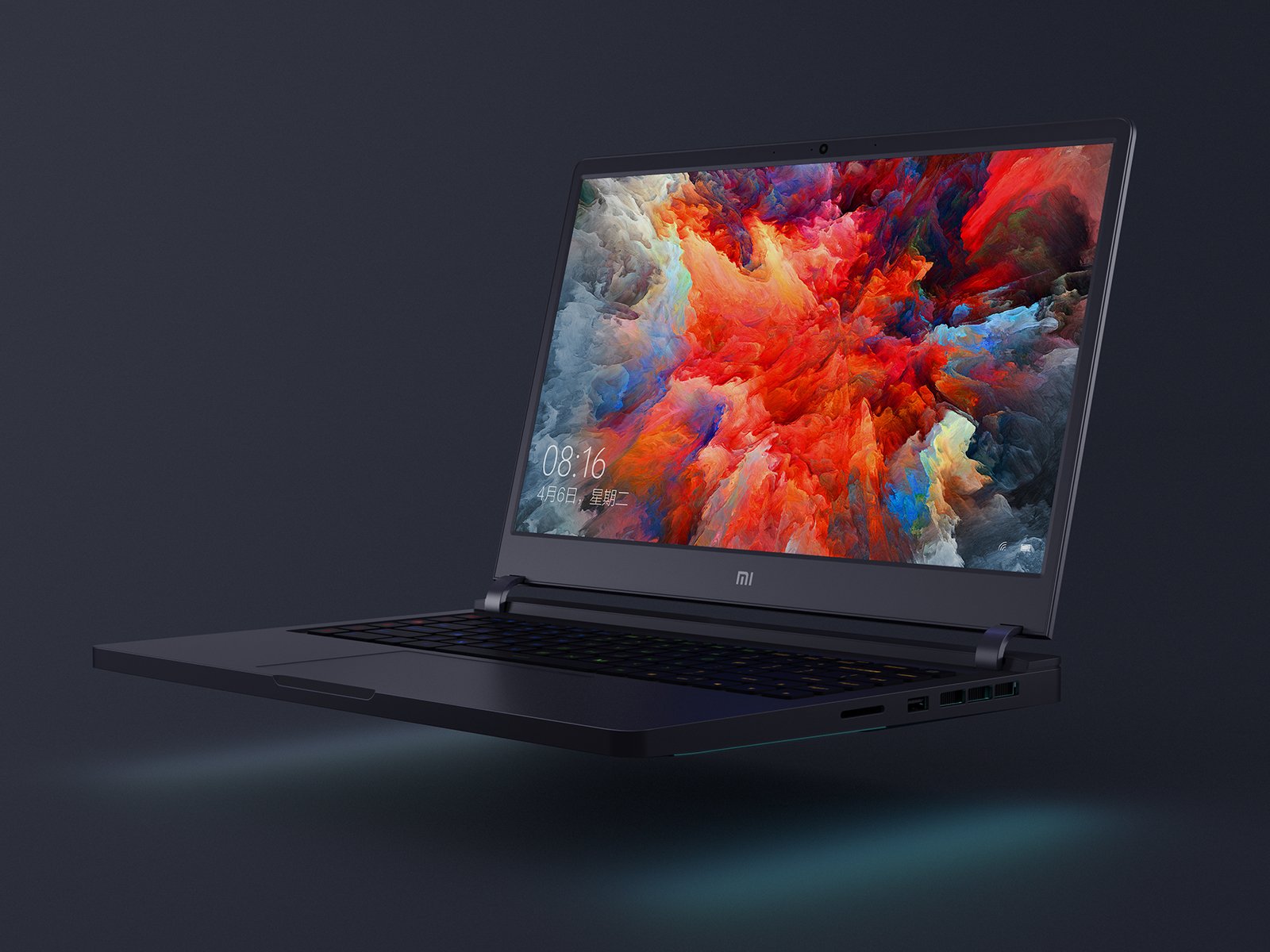
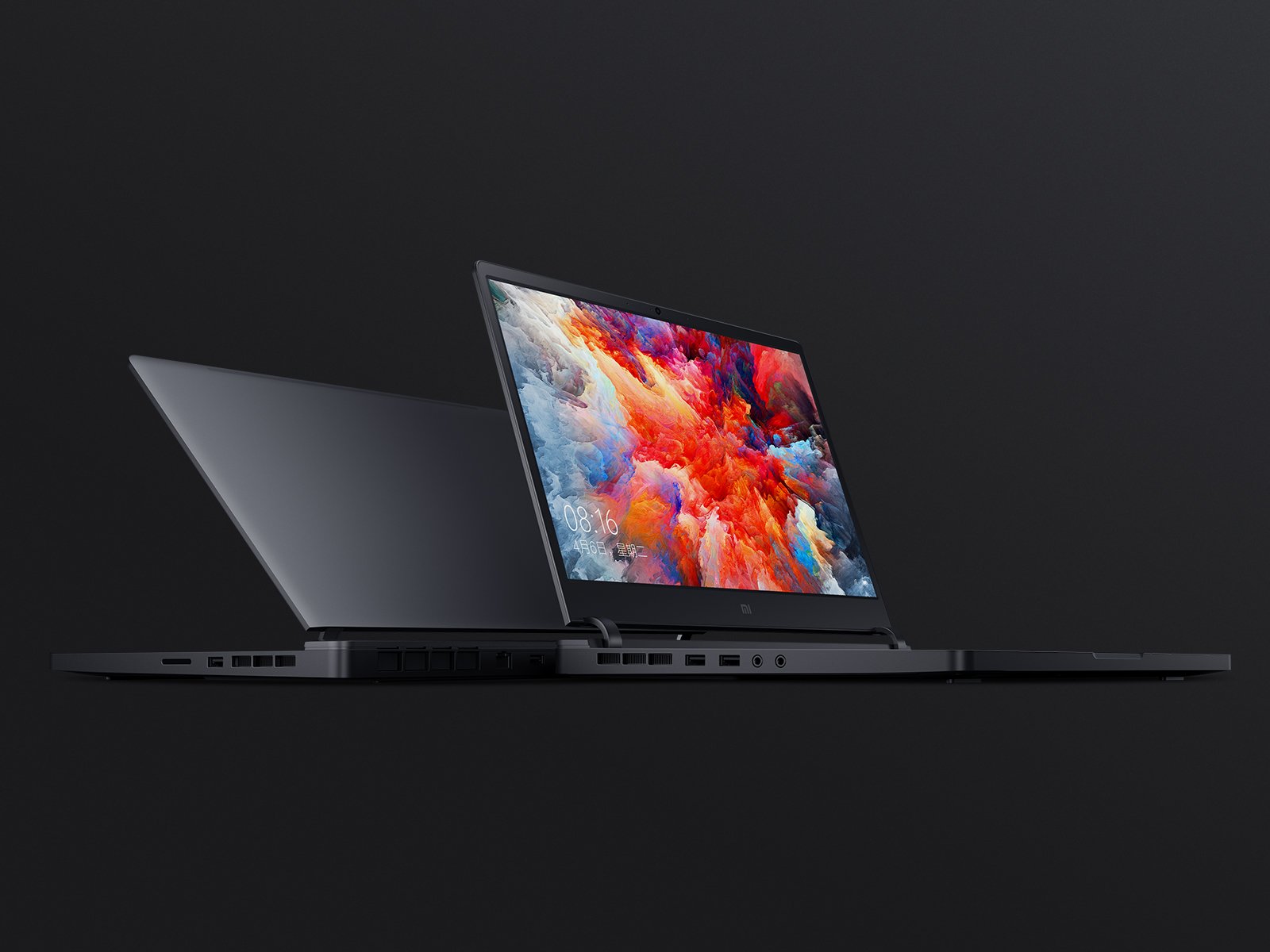

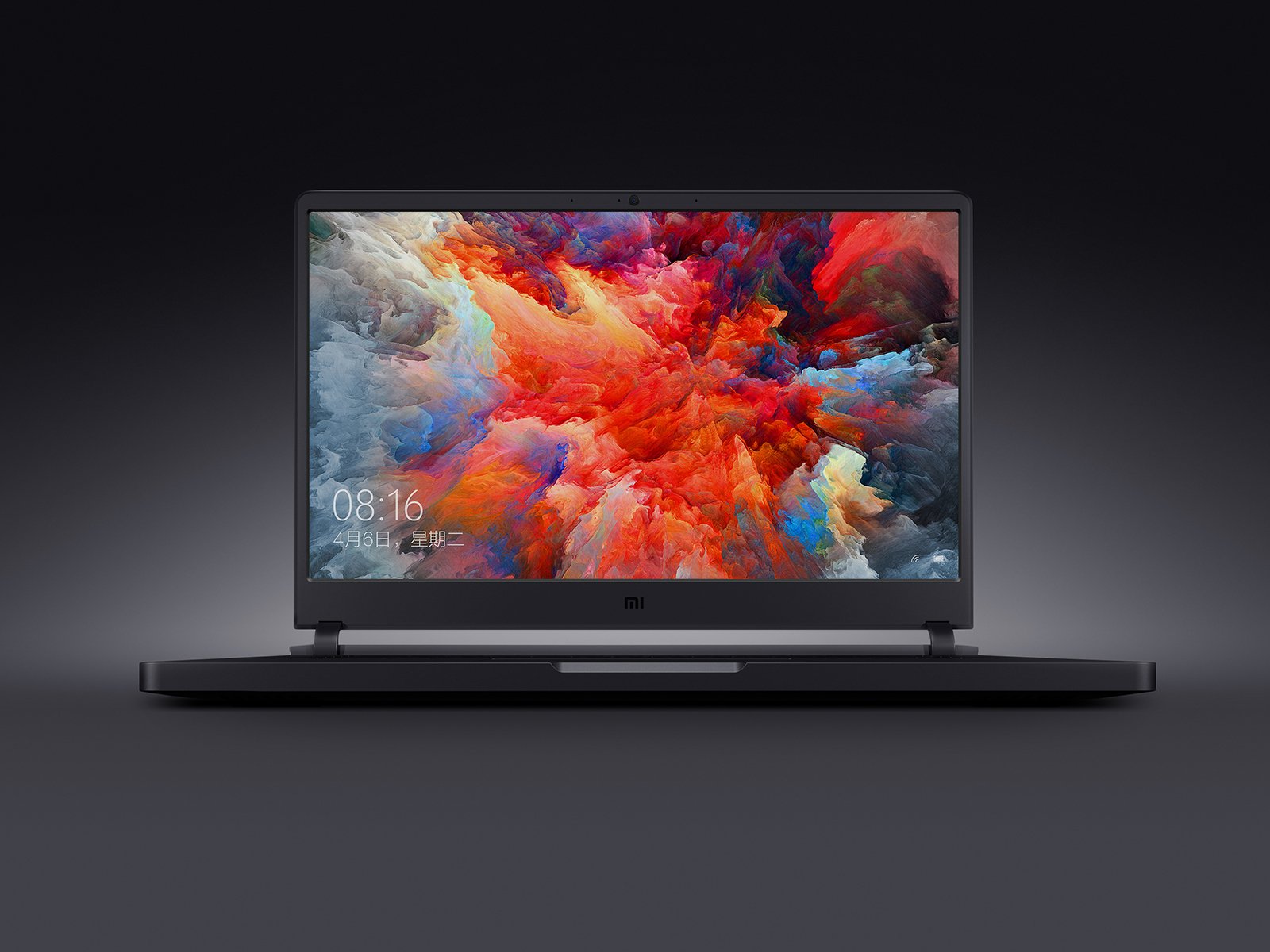
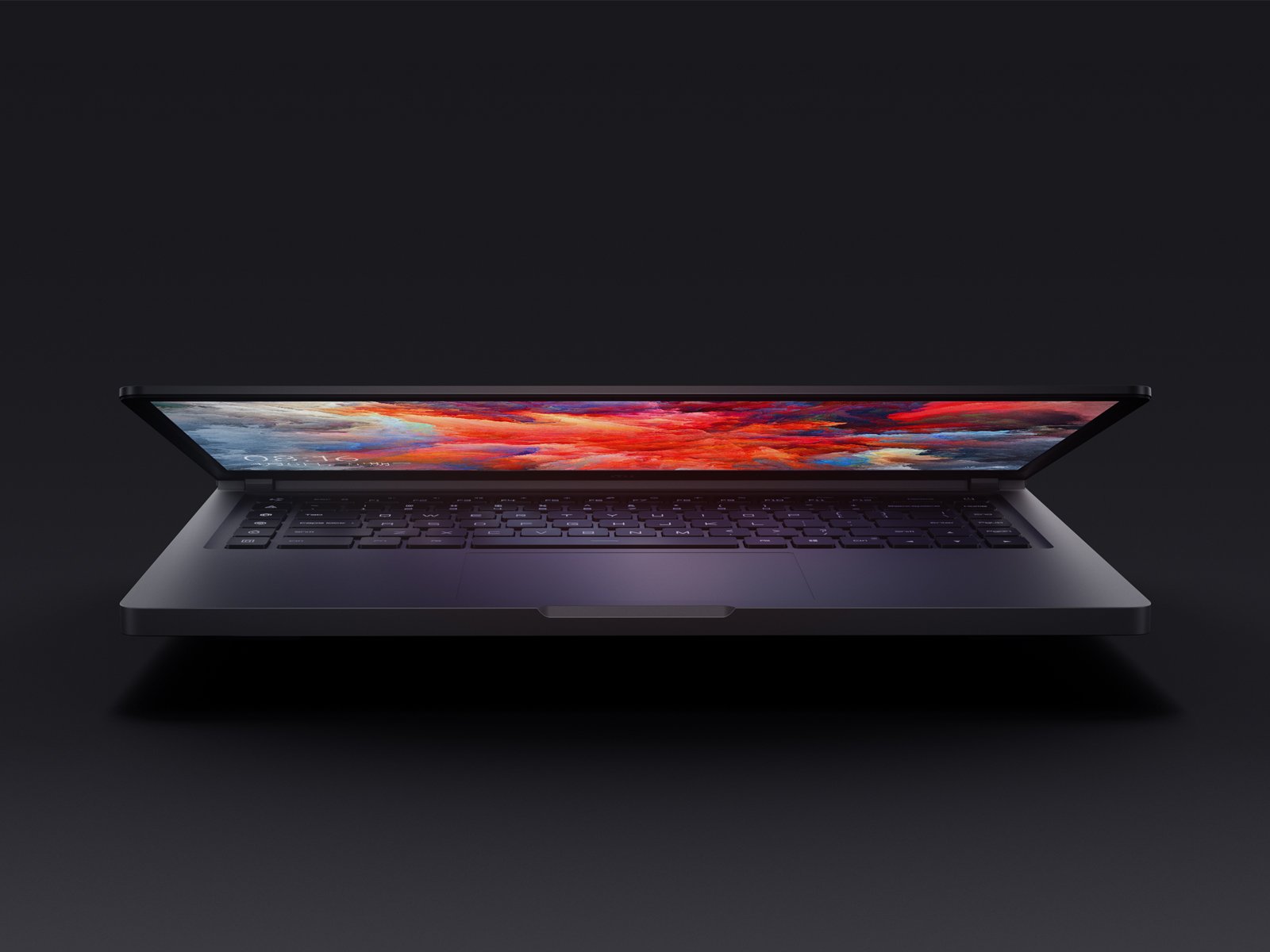
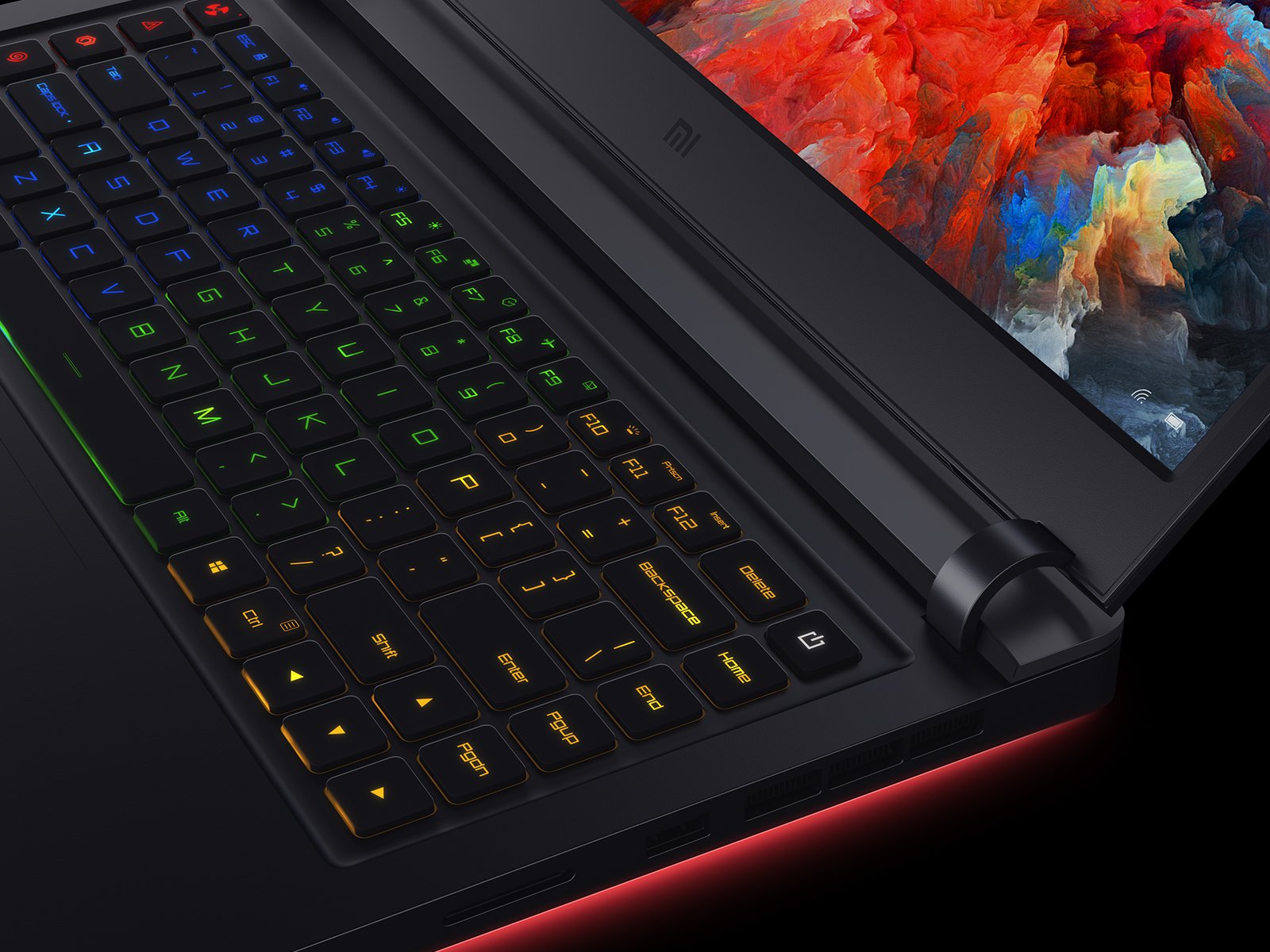

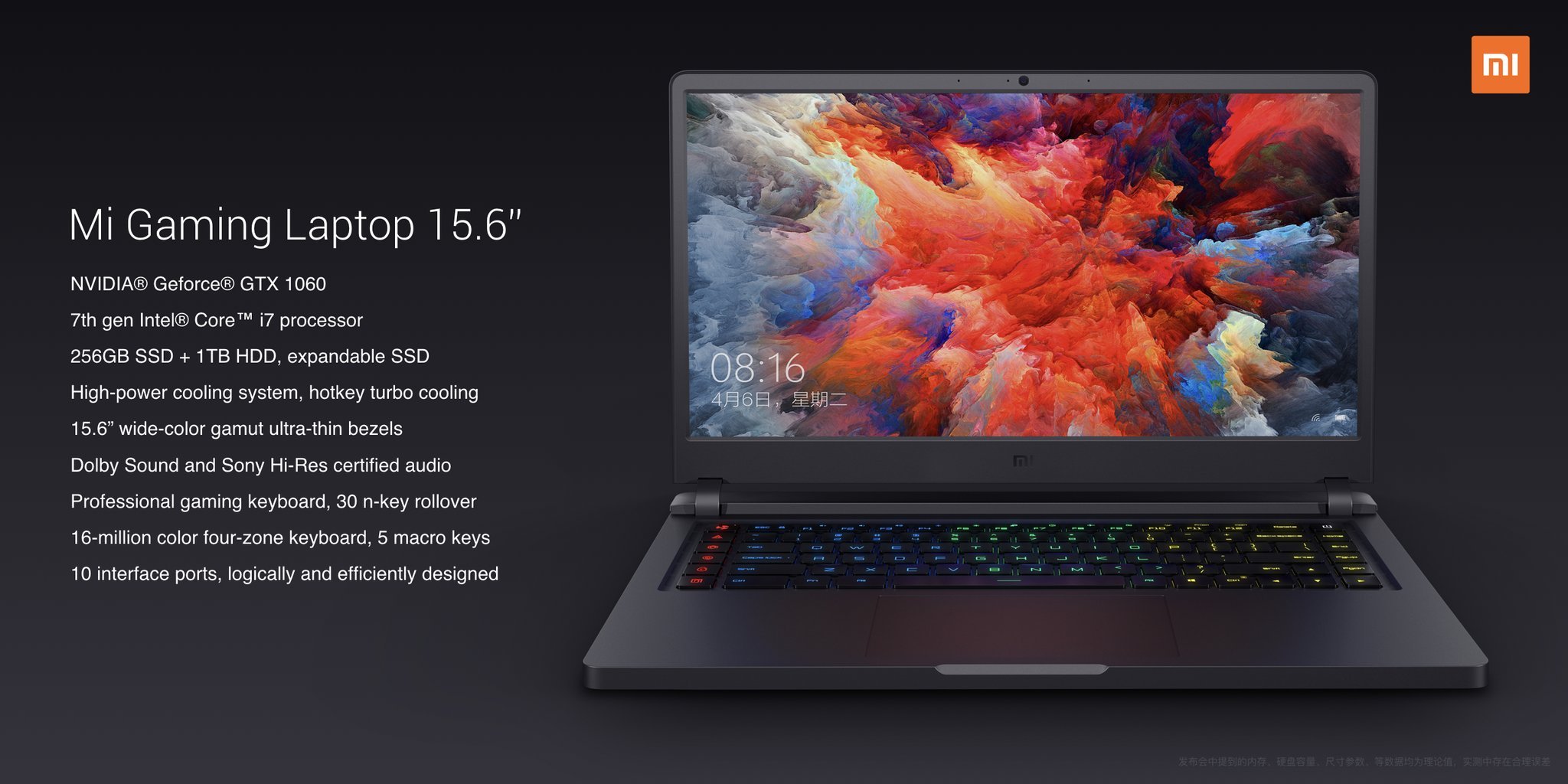
The Mi Gaming Laptop comes in at 20.99mm, and the keyboard also has RGB lighting along with four programmable keys. On the connectivity side of things, you get four USB 3.0 ports, along with two USB-C ports, HDMI, and a 3.5mm jack with a high-powered amp.
Xiaomi is also touting Dolby Atmos tuning for the speakers. The notebook has two fans along with a 3+2 design for the heatpipe and four air outlets, all designed to keep things cool during extended gaming sessions.
The Mi Gaming Laptop will go on sale starting April 13 for ¥8,999 ($1,440) for the variant with the GTX 1060 and 16GB of RAM and a 256GB SSD, and the model with the GTX 1050 Ti, 8GB of RAM, and a 128GB SSD will retail for ¥5,999 ($960). What do you guys make of Xiaomi's gaming laptop?
All the latest news, reviews, and guides for Windows and Xbox diehards.

Harish Jonnalagadda is a Senior Editor overseeing Asia for Android Central, Windows Central's sister site. When not reviewing phones, he's testing PC hardware, including video cards, motherboards, gaming accessories, and keyboards.
